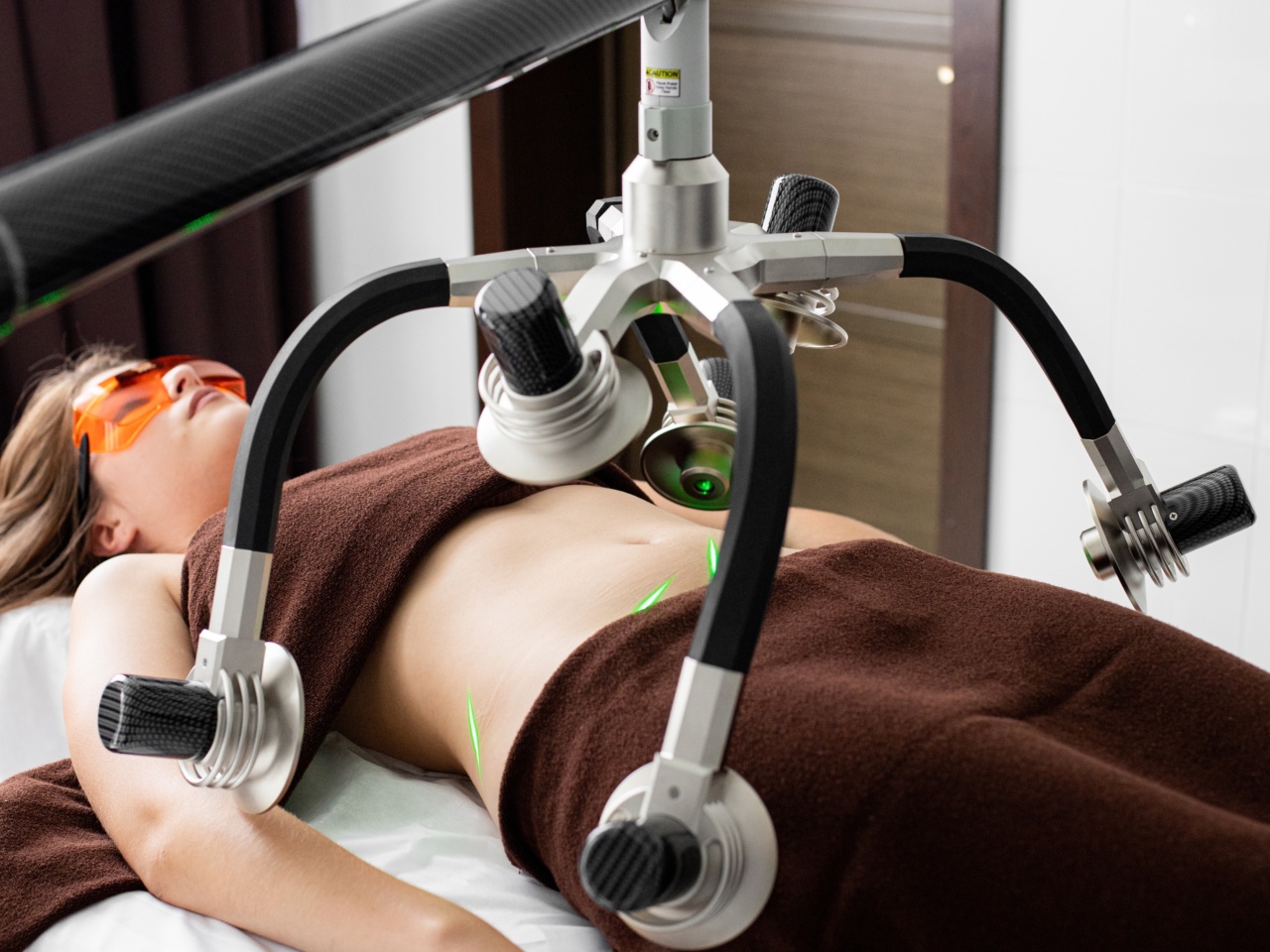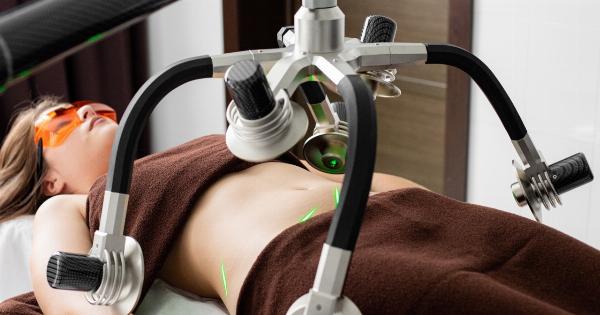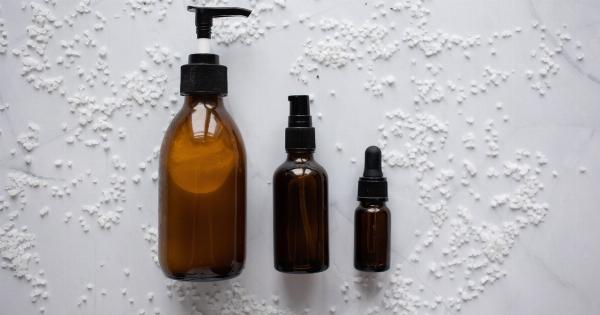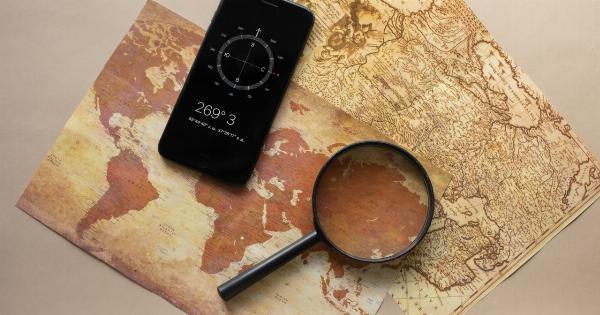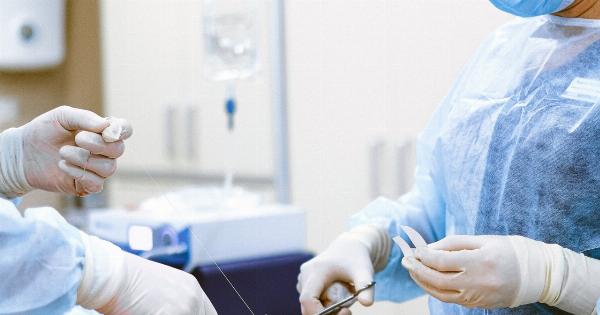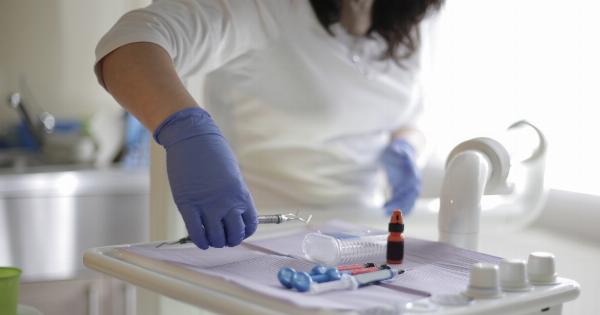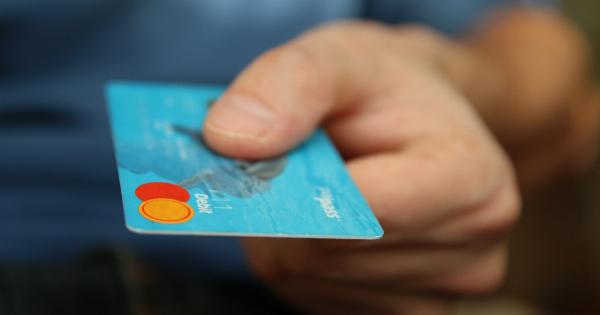Many people struggle with stubborn pockets of fat that resist diet and exercise. Fortunately, liposuction can help remove these stubborn fat deposits and improve body contours. Liposuction has come a long way since it was first introduced in the 1970s.
Today, there are many different techniques available that can help to contour the body with greater precision and with less downtime than ever before.
What is Liposuction?
Liposuction is a surgical procedure that removes unwanted fat from specific areas of the body. It is performed using a hollow, stainless steel tube called a cannula, which is inserted through tiny incisions in the skin.
The cannula is attached to a vacuum pump or syringe, which allows the surgeon to suction out the targeted fat cells.
Types of Liposuction
There are several different types of liposuction, each with its own unique advantages and disadvantages. These include:.
Tumescent Liposuction
Tumescent liposuction involves injecting a large volume of solution containing local anesthetic and epinephrine into the targeted areas of fat. This solution helps to numb the area and constrict the blood vessels, which reduces bleeding and bruising.
This technique is considered to be one of the safest and most effective methods of liposuction.
Ultrasound-Assisted Liposuction
Ultrasound-assisted liposuction (UAL) uses high-frequency sound waves to liquefy the fat before it is suctioned out.
This technique is particularly useful for removing fat from areas with denser fat, such as the back, upper abdomen, and male breast tissue.
Laser-Assisted Liposuction
Laser-assisted liposuction (LAL) uses laser energy to liquefy the fat before it is removed. This technique can be particularly effective for skin tightening and can also reduce bleeding and bruising.
Power-Assisted Liposuction
Power-assisted liposuction (PAL) uses a motorized cannula that vibrates rapidly back and forth. This technique allows the surgeon to remove large volumes of fat with less physical effort, which can reduce operating time and improve results.
Cryolipolysis
Cryolipolysis, or “fat freezing,” is a non-surgical method of removing unwanted fat. It involves using a special device to cool the fat cells to a temperature that causes them to die.
This process can take several weeks, and the body will naturally eliminate the dead cells over time. This technique is particularly useful for removing small pockets of fat that are resistant to exercise and diet.
Benefits of Liposuction
Liposuction can offer a number of benefits, including:.
Improved Body Contours
Liposuction can help to smooth and contour the body, improving its overall shape and appearance. Liposuction can be used to remove excess fat from the abdomen, thighs, hips, buttocks, arms, chin, and other areas.
Boost in Self-Confidence
After liposuction, patients often feel more confident and comfortable in their bodies. Many people report feeling more self-assured and willing to participate in activities they previously avoided due to discomfort or self-consciousness.
Long-Lasting Results
Liposuction can help to remove unwanted fat for good. Once the targeted fat cells are removed, they will not come back.
However, it is important to maintain a healthy diet and exercise routine to maintain new body contours and avoid new fat deposits from forming.
Risks of Liposuction
Like any surgical procedure, liposuction involves some risks. These can include:.
Bleeding and Bruising
Some bleeding and bruising are common after liposuction surgery. This usually resolves within a few weeks.
Infection
As with any surgical procedure, there is a risk of infection. Your surgeon will take steps to reduce this risk, including prescribing antibiotics and using sterile techniques during the procedure.
Scarring
Although liposuction incisions are small, they will leave scars. However, these scars tend to fade over time, becoming less visible with time.
Uneven Results
It is possible that you may experience uneven results after liposuction. Your doctor will work closely with you to minimize the risk of uneven results and ensure that you achieve the best possible outcome.
Numbness
It is common to experience some degree of numbness in the treated areas after liposuction. This usually resolves on its own over time.
Recovery After Liposuction
Recovery after liposuction varies depending on the type of procedure and the areas treated. However, most patients can expect some degree of swelling, bruising, and discomfort in the treated areas.
Your surgeon will provide detailed instructions on how to manage pain and swelling during the recovery period.
Conclusion
Liposuction is an effective method for removing stubborn pockets of fat and improving body contours. With advances in technology, there are now many different types of liposuction available to help you achieve your desired results.
If you are considering liposuction, it is important to discuss your options with a qualified surgeon to determine which method will be best for your needs.
